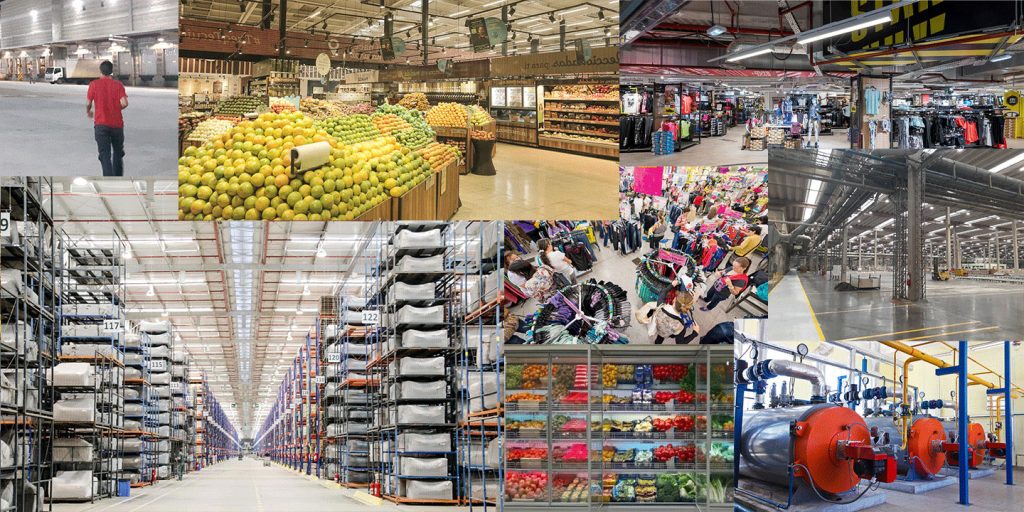Energy efficiency
at the heart of the Shift Efficiency offer from GreenYellow

What is energy efficiency?
Energy efficiency means consuming less energy while providing the same amount of useful output for a given service, such as heating water, lighting or cooling cold furniture.
Thanks to our #SHIFTEfficiency offer, GreenYellow enables you to follow this guideline in favor of the energy transition and go further, consuming less and better.
The two forms of energy efficiency
There are two types of energy efficiency: passive and active.
Passive energy efficiency encompasses all actions to renew and improve a building or energy production system, such as insulating walls, renewing the heating system, changing lighting technology, etc.
The aim of these actions is to take advantage of the immediate environment and ambient climate, while limiting their harmful impacts.
In tropical environments, for example, the tendency is to limit the impact of the sun on the building (high temperature inside the building) and to ventilate it naturally.
The aim of active energy efficiency is to supervise, manage and optimize the operation of systems and equipment in order to reduce their energy consumption, with the aim of consuming only the energy that is "strictly necessary" and thus saving energy.
Active energy efficiency in a building refers to the measurement of energy consumption by utilities in order to influence the building's energy profile, via :
- lighting management,
- speed variation (ventilation, elevator, etc.),
- HVAC (Heating, Ventilation, Air Conditioning) control,
- optimizing energy quality,
- centralized technical management,
- services and teleservices, renewable energies (RE).
By combining solutions from the #SHIFTEfficiency offer, GreenYellow enables you to activate both forms of energy efficiency, and thus consume less and better in the long term.
What's the difference between energy efficiency and energy management?
Energy efficiency differs from energy management in that the term "efficiency" refers to the ability to successfully achieve a defined objective. The main objective is to reduce greenhouse gas emissions through the energy transition, and the complementary objective is to optimize energy consumption while cutting costs.
New technologies are contributing to the development of new products that are far more energy-efficient than older models. For example, an LED lighting system is one that transforms electrical energy or power consumed (input) into light energy or light output (output) that is useful to the user. The use of LED luminaires greatly reduces lighting consumption.
Thanks to its Shift Efficiency offer, GreenYellow enables businesses and local authorities to reap the full benefits of energy efficiency, by consuming less and consuming better, to make their energy transition a success!
